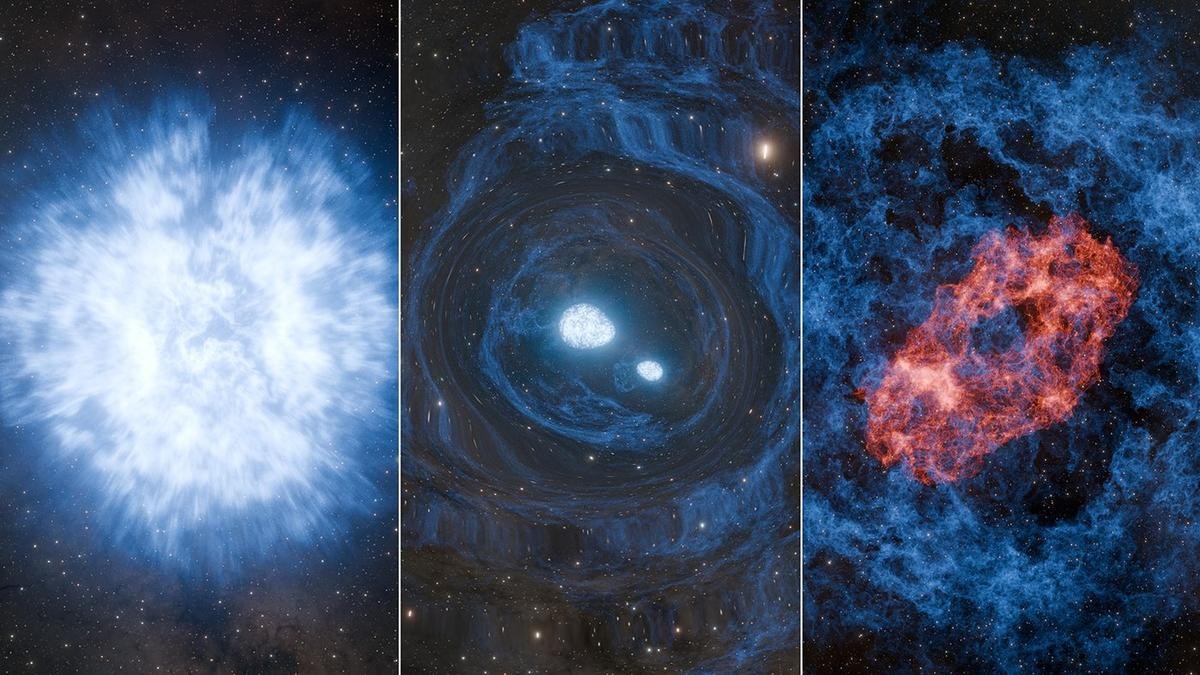



Scientists at ORNL developed a high-speed imaging technique to study domain walls in ferroelectrics—materials with switchable electric polarization. These domain walls have unique properties useful for energy-efficient data storage. The breakthrough could help reduce energy use in data centers by replacing silicon with ferroelectrics in certain electronic applications.

Copyright infringement not intended
Picture Courtesy: PHYS
Scientists at the Department of Energy’s Oak Ridge National Laboratory (ORNL) have developed a new technique to observe small structures called domain walls in materials known as ferroelectrics.
They are special materials that naturally align their electric charges in a specific way, a property called polarization.
It can change this alignment by applying an electric field. This ability makes ferroelectrics ideal for storing and processing information in devices like computer memory or sensors.
Within ferroelectrics, domain walls are the boundaries separating regions with different electric or magnetic properties. For example, a domain wall might conduct electricity even if the rest of the material doesn’t, or it might show magnetic behavior in a non-magnetic material.
Modern data centers, which power the internet and cloud computing, consume as much energy as small cities, and their energy use is growing rapidly. Most electronics depend on silicon, which is less efficient for certain tasks.
Ferroelectrics could replace silicon in some applications, processing and storing data with far less energy. However, to harness their potential, scientists need to understand how domain walls move and behave at scales thousands of times smaller than a human hair.
ORNL’s new technique, called scanning oscillator piezoresponse force microscopy, acts like a high-speed camera, capturing every moment of the domain walls’ movement.
Source:
|
PRACTICE QUESTION Q. Which of the following best defines a ferroelectric material? A) A material that exhibits spontaneous magnetization even in the absence of an external magnetic field. B) A material that shows spontaneous electric polarization that can be reversed by an external electric field. C) A material whose dielectric constant decreases with increasing temperature. D) A material that becomes superconducting below a critical temperature. Answer: B Explanation: Ferroelectric materials possess spontaneous electric polarization , which means they have a net electric dipole moment even without an external electric field. This polarization can be reversed when a sufficiently strong electric field is applied in the opposite direction. This behavior is analogous to ferromagnetism but involves electric dipoles instead of magnetic ones. |









© 2026 iasgyan. All right reserved